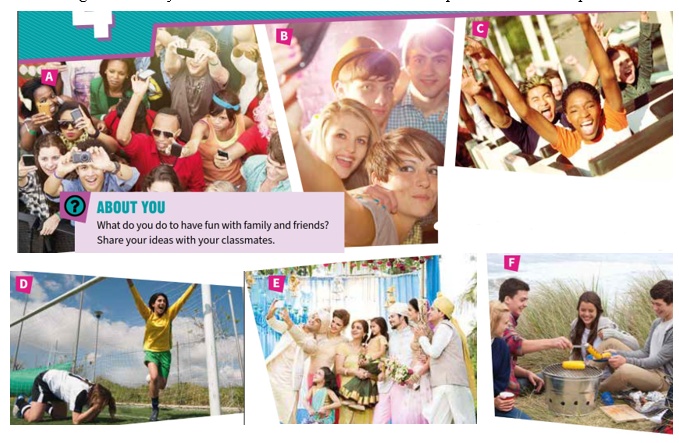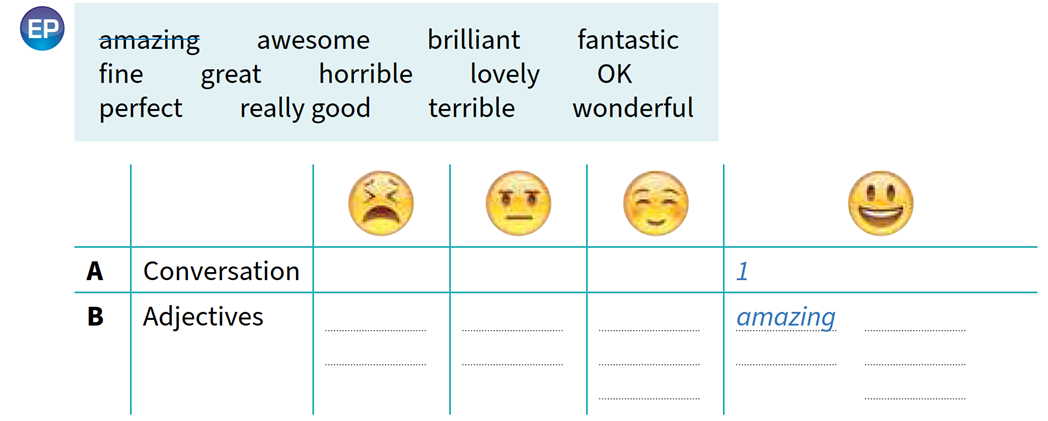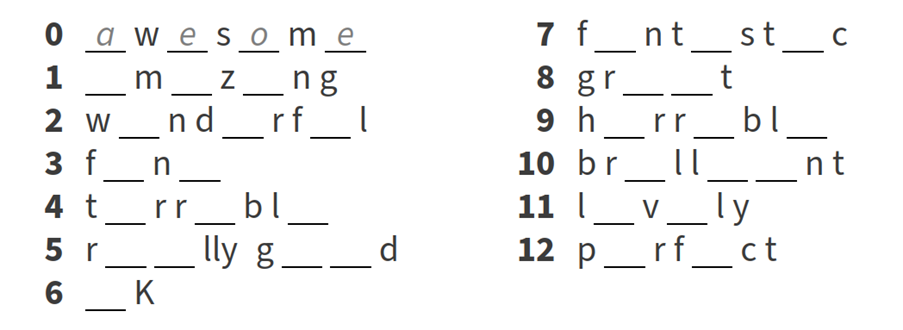Theme: Feelings
Aims:
Educational: - to learn about feelings and emotions
Developing: - to develop listening, reading, writing, and speaking skills
Socio-cultural: - to raise awareness of different cultures
Up bringing: - to enrich pupils’ knowledge of our tradition and nation
Learning outcomes: At the end of the lesson, pupils will be able to use learnt language in practice, ask and answer questions
Competence: SC1, FLCC, and PC
Type of the lesson: Mixed, group work, pair-work, individual work
Method of the lesson: nontraditional, mixed
Equipment of the lesson: “Prepare 7” SB, WB, pictures, internet, computers, projector
TECHNOLOGICAL MAP OF THE LESSON:
| № | Part of the lesson | Tasks | Time |
| 1 | Organizational
Moment | -to greet pupils.
- to check up the register | 5 min |
| 2 | Repeating last lesson | - to give pupils some questions about last lesson. – to ask words from previous lesson | 5 min |
| 3 | Explaining new theme | - to explain to pupils new vocabulary and theme | 20 min |
| 4 | Consolidating new theme. | - to consolidate new theme and new words of the theme. | 10 min |
| 5 | Marking. | - To mark pupils | 5 min |
| 6 | Homework. | - Giving homework. |
Procedure of the lesson:
I. Organizing moment: Motivation, Greeting, checking attendance, season, weather, checking the preparation for the lesson.
- Check for homework given on past lesson.
- Ask pupils all new words learnt on previous lesson.
II. Pre-activity:
Brainstorm a list of activities onto the board and then write the following: love like don’t like hate
Ask the students to copy the table into their notebooks, then write each activity from the board into the column of the table that corresponds to how they feel about it. Then, ask the students to discuss the activities in small groups, e.g. A: Do you like playing computer games? B: I love it!
At the end of the activity, ask the students if they have talked about any activities which are not on the board. If so, ask them to add the new activities to their table.
III. Main part
Activity 1 Look at the photos. Where are the people and what are they doing?
Ask the students to look at the six photos first and to say if they think the people are having fun and why. Students then take turns to answer the question about each photo.
Activity 2Listen and match the conversations to the photos.
Encourage the students to listen for words which tell them where the people are.
Conversation 1 ______ Conversation 2 ______ Conversation 3 ______
Conversation 4 ______ Conversation 5 ______ Conversation 6 ______
Answers
Conversation 1 C Conversation 4 E
Conversation 2 F Conversation 5 D
Conversation 3 A Conversation 6 B
Activity 3 Listen again. How did the speakers feel about their experiences? Complete row A of the table with the conversation numbers.
Ask the students to look at the table in Exercise 4 and say what each emoticon means: bad, OK, good, very good. Stop after each conversation to allow students to complete the table.
MIXED ABILITY
Pair up a weaker with a stronger student. Photocopy the audioscript on TB page 145 and allow the weaker student to read it as they listen. Then, stop the recording after each conversation and ask the students to complete the table in pairs. The weaker student can help their stronger partner by showing them the adjectives in the script.
Answers
1 Conversation 5 3 Conversations 4 and 62 Conversation 2 4 Conversations 1 and 3
Activity 4 Now complete row B of the table with the adjectives in the box.
Point out that there is a space in each column for every missing word.
Answers
The answers are recorded for the students to check and then repeat.
Conversation 1 amazing, awesome
Conversation 2 fine, OK
Conversation 3 brilliant, perfect, fantastic
Conversation 4 wonderful, lovely, really good
Conversation 5 horrible, terrible
Conversation 6 great
Activity 5 Choose the correct words to complete the conversations.
Encourage the students to read the whole conversation and consider how happy the speaker is feeling first
Answers: 1 brilliant 2 great 3 horrible 4 OK 5 wonderful
Activity 6In pairs, practise the conversations. Then make some new conversations together.
Ask the students to say the adjectives again with the correct intonation before they practise the complete conversation. Encourage the students to write new conversations of at least two lines. When they are ready, invite volunteers to perform them in front of the class.
Answers: Students’ own answers
IV. Post-activity
WB Activiy 1 Complete the words with the missing vowels to make adjectives.
WB Activity 2 Complete the table with the words in Exercise 1.
V. Homework
WB Activity 3 Choose the correct words to complete the sentences
1 Your new mobile phone is brilliant / horrible. I want to get one.
2 I love my new shoes. They’re fine / awesome!
3 This food is lovely / terrible. I can’t eat it.
4 The book I’m reading is OK / perfect. It’s not good or bad.
5 That was a horrible / wonderful test. It was very difficult.
6 You got top marks for your essay. It was fine / really good!
VI. Evaluation
Giving marks according to pupils’ participation to the lesson
Deputy director on educational affairs: _________ Signature: __________





